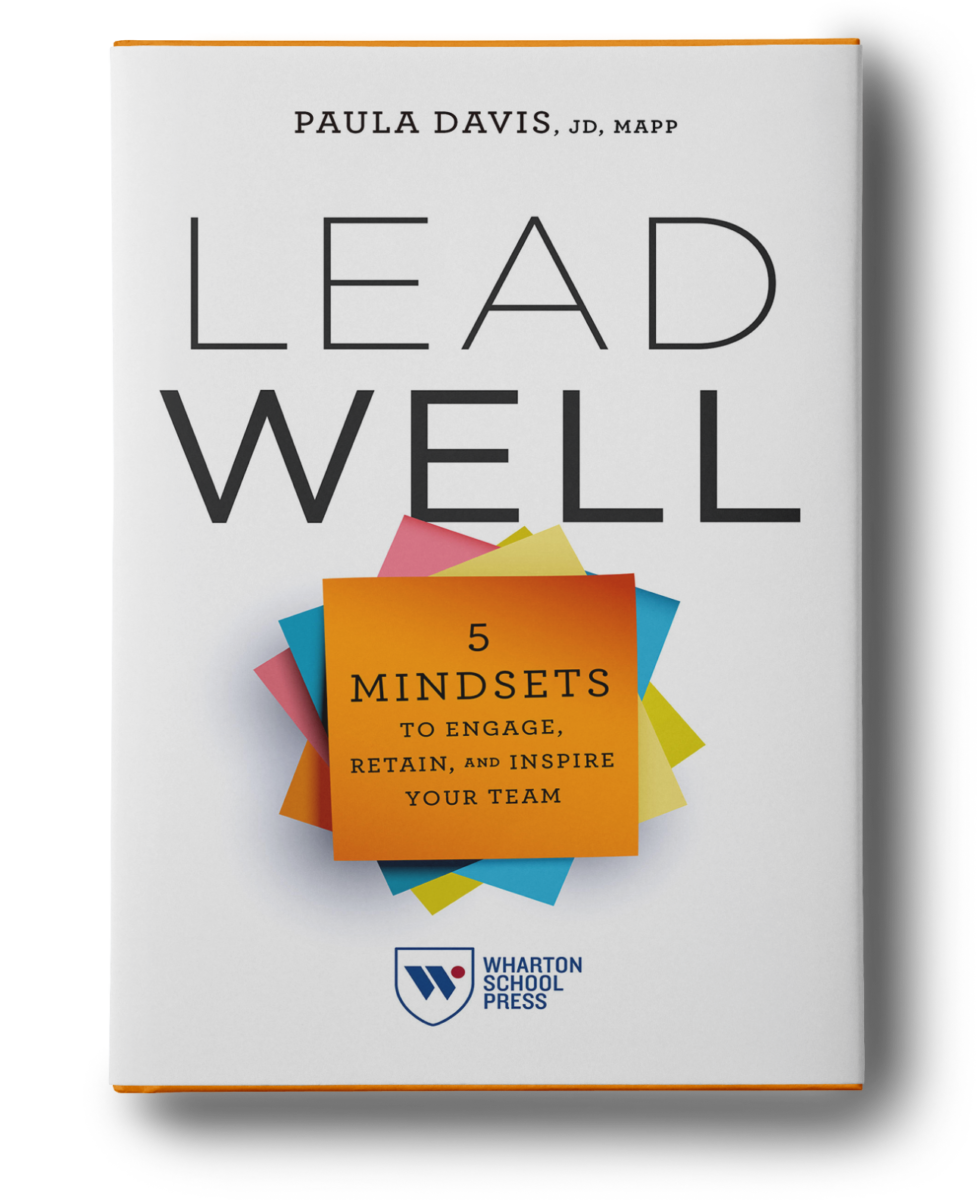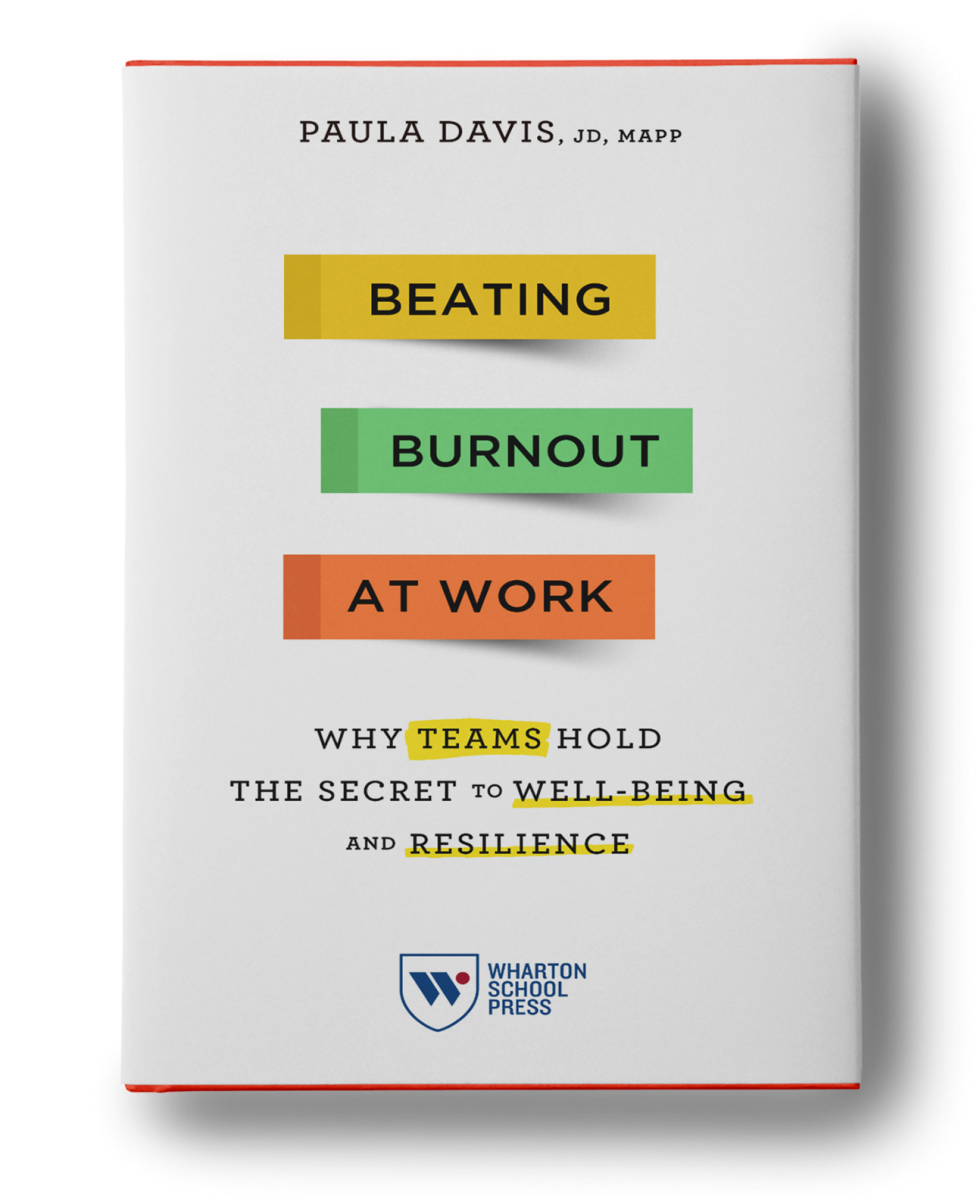As we dig into a new year, burnout remains an important topic of conversation in organizations. More than 150,000 tech employees lost their jobs in 2022, and more layoffs have happened in 2023. As a result, the remaining workforce is poised to take on a heavier workload even as they continue to worry about their own job security. Uncertainty about the world, the transition to hybrid work, and big work and life events have left employees feeling consistently stressed, overwhelmed, and overloaded. Yet there are certain cues leaders can learn to determine which stressed out employees are more likely to leave the organization.
Burnout tends to be oversimplified as an individual failing of stress management, and many people think it’s just about exhaustion and use the term interchangeably with the word stress. Burnout is a specific type of stress and exists on a continuum that consists of these three dimensions:
- Chronic exhaustion (feeling physically and emotionally drained, tired, overwhelmed, and overloaded more often than not); and
- Chronic cynicism (people in your work world bother you and annoy you, and you may start to distance yourself from your colleagues and clients ignoring the qualities that make them unique and engaging, and the result is less empathy); and
- Inefficacy (the “why bother, who cares” mentality that appears as you struggle to identify important work resources and begin to feel ineffective at work).
When the World Health Organization updated its definition of burnout, it also reiterated that burnout the combination of these three dimensions.
The measurement of burnout also tends to be oversimplified. While there are a number of empirically validated assessment tools to measure burnout, the gold standard measurement tool is the Maslach Burnout Inventory (“MBI”) because it actually measures the above three dimensions. This is important because there are multiple profile combinations that can result from the MBI assessment. Drs. Christina Maslach and Michael Leiter, pioneers in burnout research and two of the developers of the MBI, have issued updated guidance about what constitutes a “burnout profile.” According to their research, to earn the label “burnout,” a person must experience high exhaustion, high cynicism, AND low professional efficacy. Based on their work, only about 20% of workers fit this profile. While I think that number is low, you should take with some grain of salt survey results reporting burnout rates like 60 – 80%. Typically, those reports are not using the MBI as a measurement tool.
A new profile has emerged, though, that leaders need to watch because people in this group show higher rates of turnover intention. Specifically, companies need to pay attention to their “engaged-exhausted” workers. These are people who would likely show the following profile on the MBI (and it’s one I see with increasing frequency in my own work): high exhaustion, high cynicism, and high professional efficacy. High professional efficacy sounds like, “I can effectively solve problems that arise from my work;” “I feel effective at getting things done;” and “I know I am contributing to my work and my team.”
In one study, more than 1,000 U.S. workers were surveyed, and the results showed that 35.5% of the sample were moderately engaged-exhausted while 18.8% of the sample were highly engaged-exhausted. The engaged-exhausted group was still passionate about their work, but they had strong mixed feelings about it – high levels of interest and still feeling connected to it (the high professional efficacy dimension revealing itself), but also high levels of stress. Strikingly, the engaged-exhausted group showed the highest rate of turnover intention in the study, even higher than the study participants who were most burned out.
Many leaders assume that engaged employees are happy and functioning well at work. That may not always be true because for some, engagement and stress co-exist. In addition, 64% of the highly engaged-exhausted group fell within a “demanding jobs” profile, meaning that they were not experiencing nearly enough resources (defined below) to help counterbalance their high levels of stress.
This study (and others) underscores the importance of job resources at work. Burnout is caused by an imbalance between your job demands (aspects of your work that take consistent effort and energy) and job resources (aspects of your work that are motivational and energy giving), and many workers don’t get nearly enough of the right types of resources that slow burnout. Job resources help to mitigate the effects of the stress associated with your work, but they are also important in their own right. Not only do they help you to achieve your work goals and to learn and grow in your work role, but they also help fulfill key psychological needs – flexibility, belonging, and mastery – central to well-being and motivation at work. Job resources have also been shown to predict dedication, workplace commitment and turnover intention.
These job resources have been shown to promote well-being at work and slow burnout:
- High quality relationships with colleagues; social support
- Participation in decision making, particularly when it has to do with your specific work role
- Feedback
- Recognition
- Job flexibility and control
- Professional development opportunities
- Leader support
- Role clarity
Four of the job resources from this list – job flexibility and control, professional development opportunities, role clarity, and participation in decision making – are particularly important to creating healthy workplaces.
Burnout is a nuanced problem for organizations, and there are many profiles that workers can fit. Leaders must be particularly aware of those team members who are stressed but still feel like they are effectively contributing to the organization. For them, the grass may be greener elsewhere, and you can’t afford to lose good talent.
Please click here to order my new book, Beating Burnout at Work: Why Teams Hold the Secret to Well-Being and Resilience







